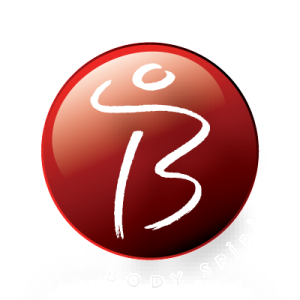Keeping It “Classical” – What Does It Mean?
A long time ago, a man named Joseph Pilates created a system of exercise designed to lengthen and strengthen the body around a strong supported center.
His first exercise system included matwork and is documented in his book Contrology. Later on, he added equipment such as the Cadillac, Universal Reformer and Chairs among other pieces.
When I entered the certification program in 1993, it was touted as the pure Pilates system as Joseph had created it. As someone who detests cheap knockoffs as some marketer’s attempt to make a quick buck, I was intrigued. I wanted the real thing.
Years later, and after destruction of the trademark we are left with a plethora of “pilates” classes that are so far removed from Joseph’s work that I doubt he’d recognize it if he could walk into many studios. But at least I could count on the classical/authentic members to stay true to the roots.
Last weekend I attended a Pilates Conference and now I am confused: how do we tell ourselves apart from the non-classical, non-authentic pilates organizations if we ourselves are changing the method?
I saw many things being taught that I have never seen in the twenty-plus years I’ve been a Pilates teacher. It doesn’t mean these ideas were not valid; it doesn’t mean that they weren’t good exercises. In fact, I appreciated the creativity being displayed.
But I was confused as someone who had it drilled into my head that there was a system and that I’d better follow that system, damn it. Don’t change what is already perfection.
Then, I felt crazy. Are some people just allowed to create “new” exercises while others are not? Are these “creators” allowed to get away with what they do just because they are in the “clique”? Then I realized that my old high school memories were coming back and tossed those thoughts aside.
Because I believe that, in reality, we are all “creative” when we are at our own studios. We need to be to serve our clients best.
But I am curious as to whether some of the workshops that were presented were demonstrations of documented exercises created by Joe or someone taking creative license. While I am always excited to learn new things, I am a devoted disciple to Joe’s ideas and philosophy. I have no interest in learning someone else’s “take” on the work. I can do my own “take,” thank you very much.
The last session I attended at the conference was taught by one of the last teachers still around who knew Joseph and Clara personally. He began by saying (I am paraphrasing): “I have seen so many changes in the method and I don’t know why it needs changing or for what reason those changes are being made.” While it made me feel better to hear that, it still left me with the big question:
What is classical/authentic pilates?
Is it limited to the documented exercises left by Joseph? Does it include the oral traditions passed down by the first generation teachers? Why then do the teachings differ depending on which first-generation teacher you study with?
I think that Classical Pilates is more of a concept than the specifics of the exercises themselves; for example, if one does Spine Stretch with the arms in parallel or touching the floor. If you miss the core connection, then the exercise is wrong. If the concentration, control, breath and centering are not there then the “Teaser” is not really the “Teaser” no matter how you do it.
This is what is lacking when we look at so-called “contemporary” forms of Pilates. It is not the exercises themselves but rather what is not there: involvement of the whole body in the movement, focus and control around a strong center. And that alone may be the single simple quality that keeps the classical form of Pilates “classical.”
